Gallery
Photos from events, contest for the best costume, videos from master classes.
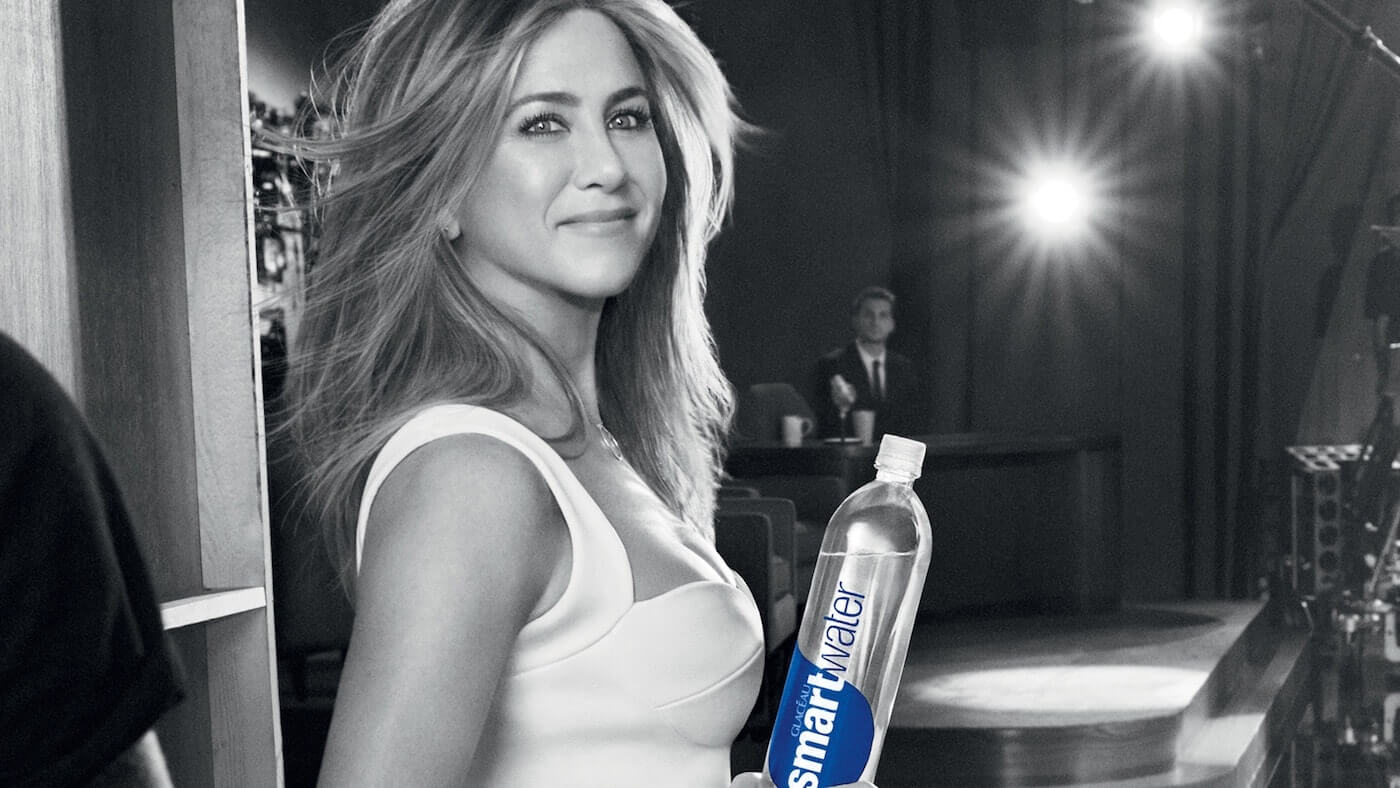 | 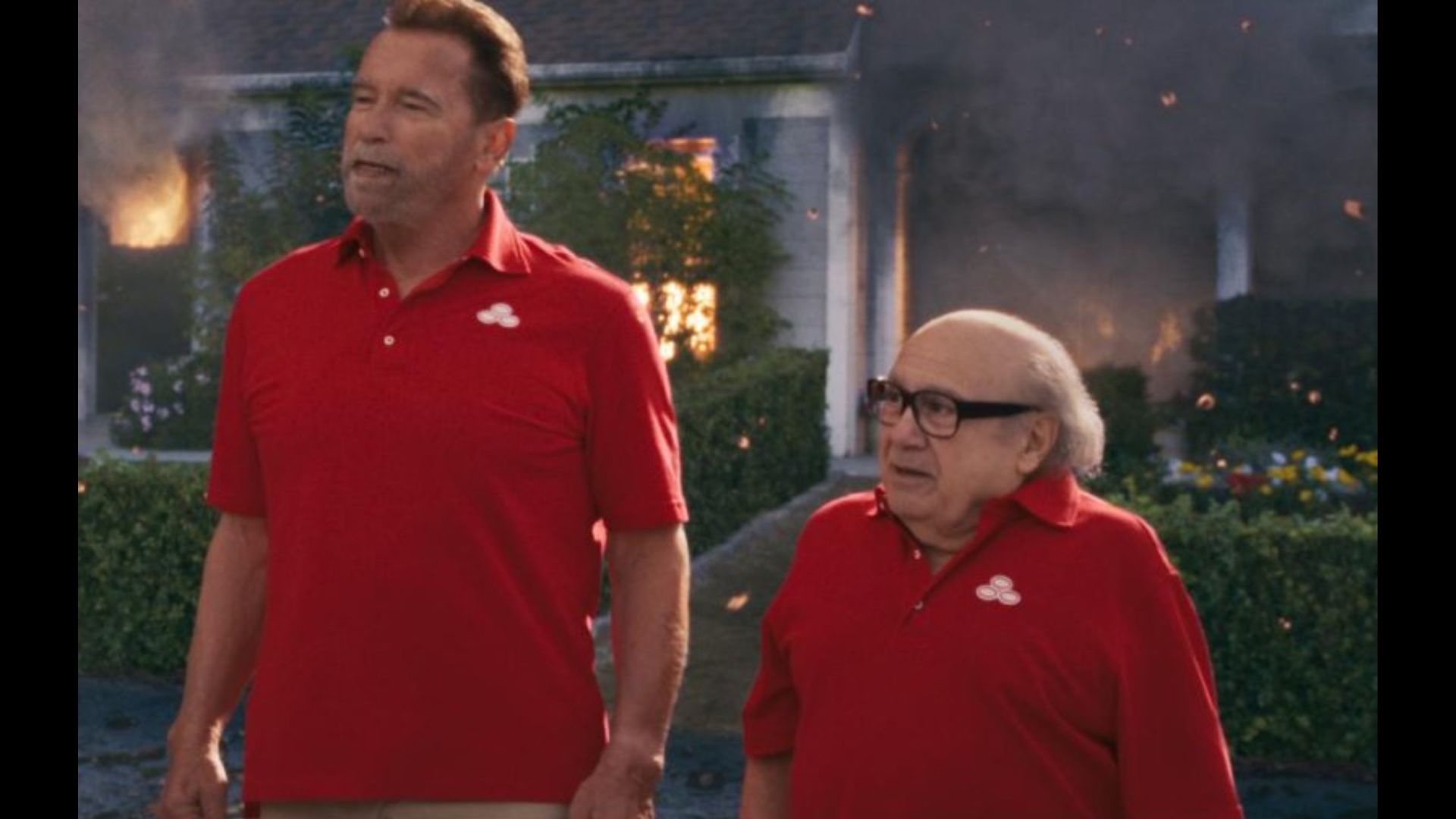 |
 | 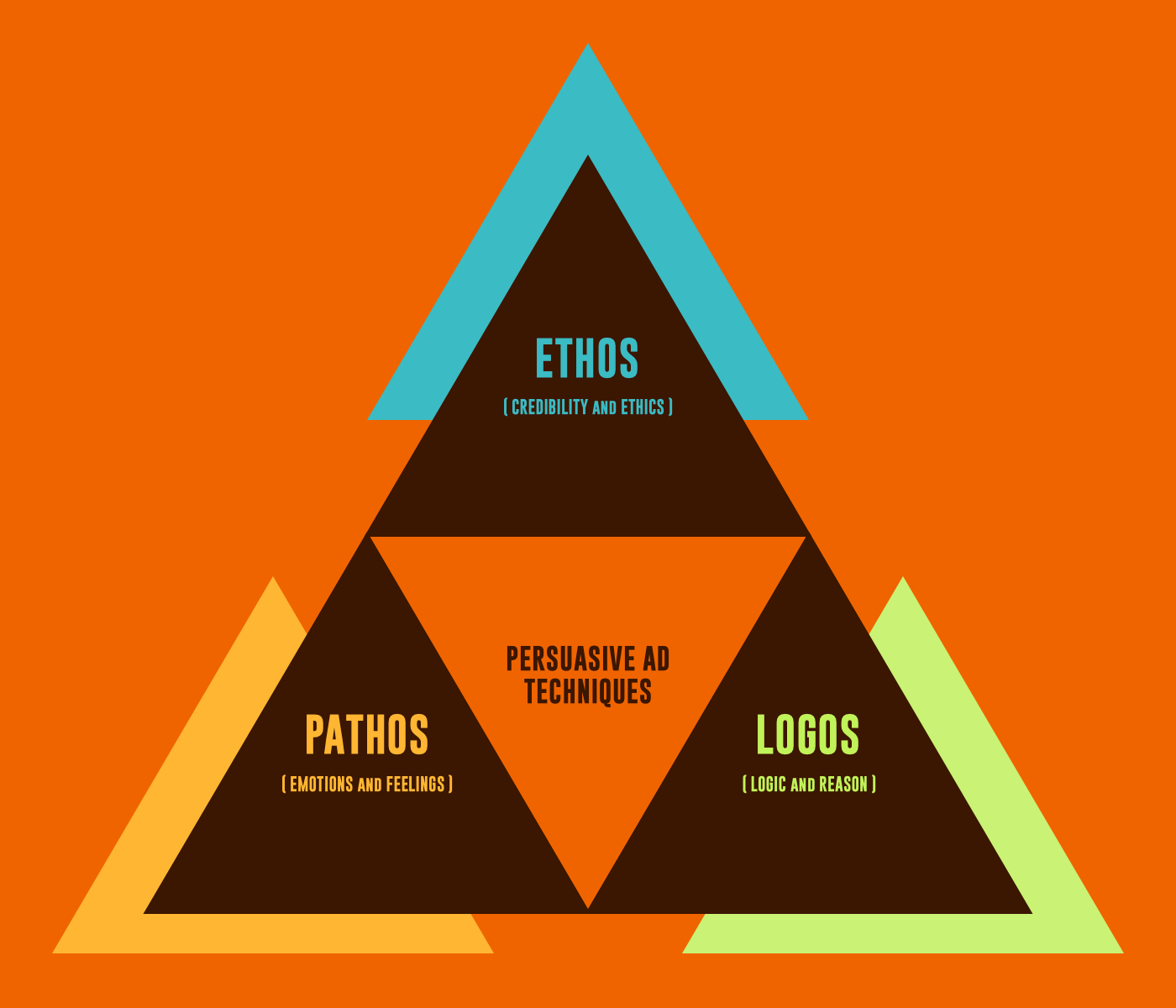 |
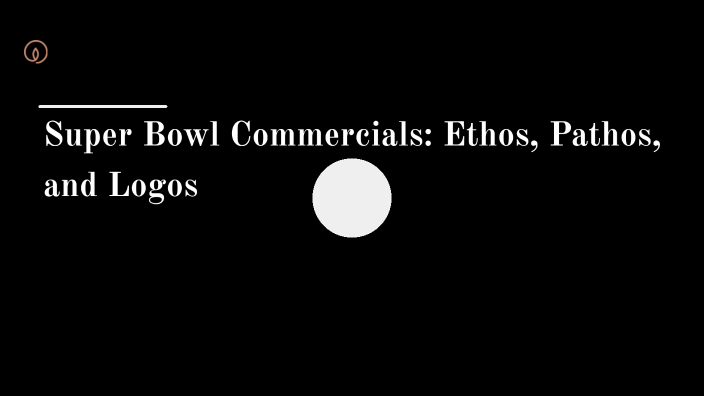 | 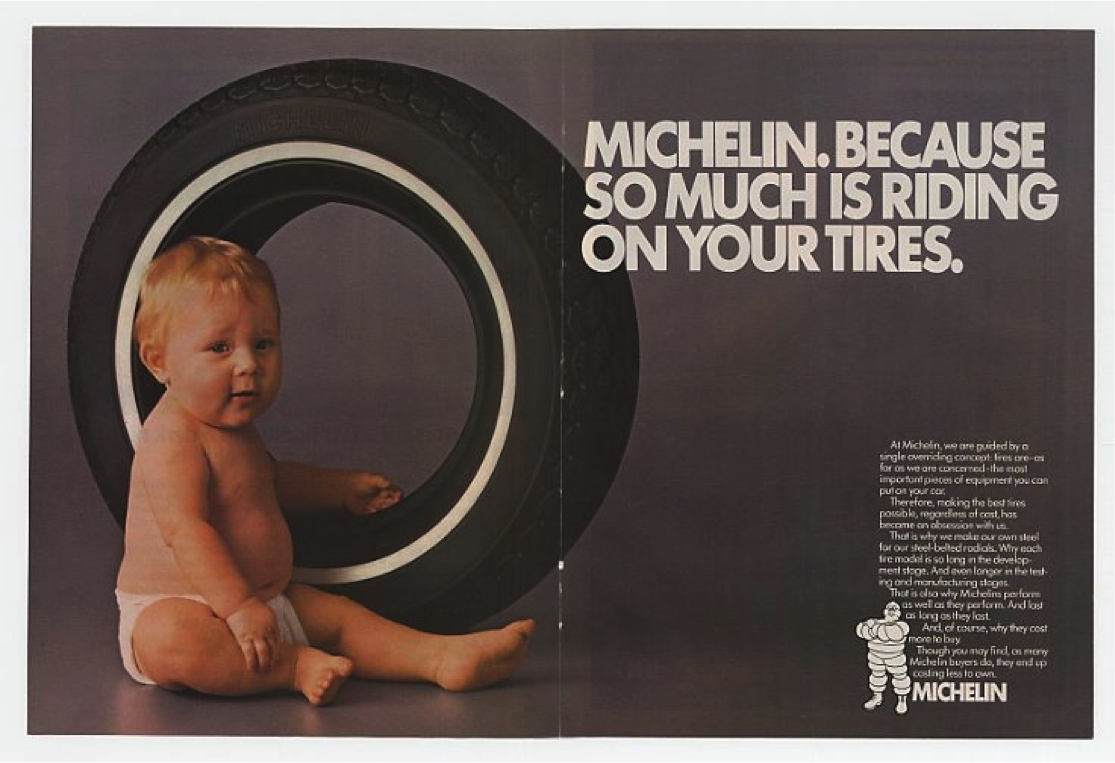 |
 |  |
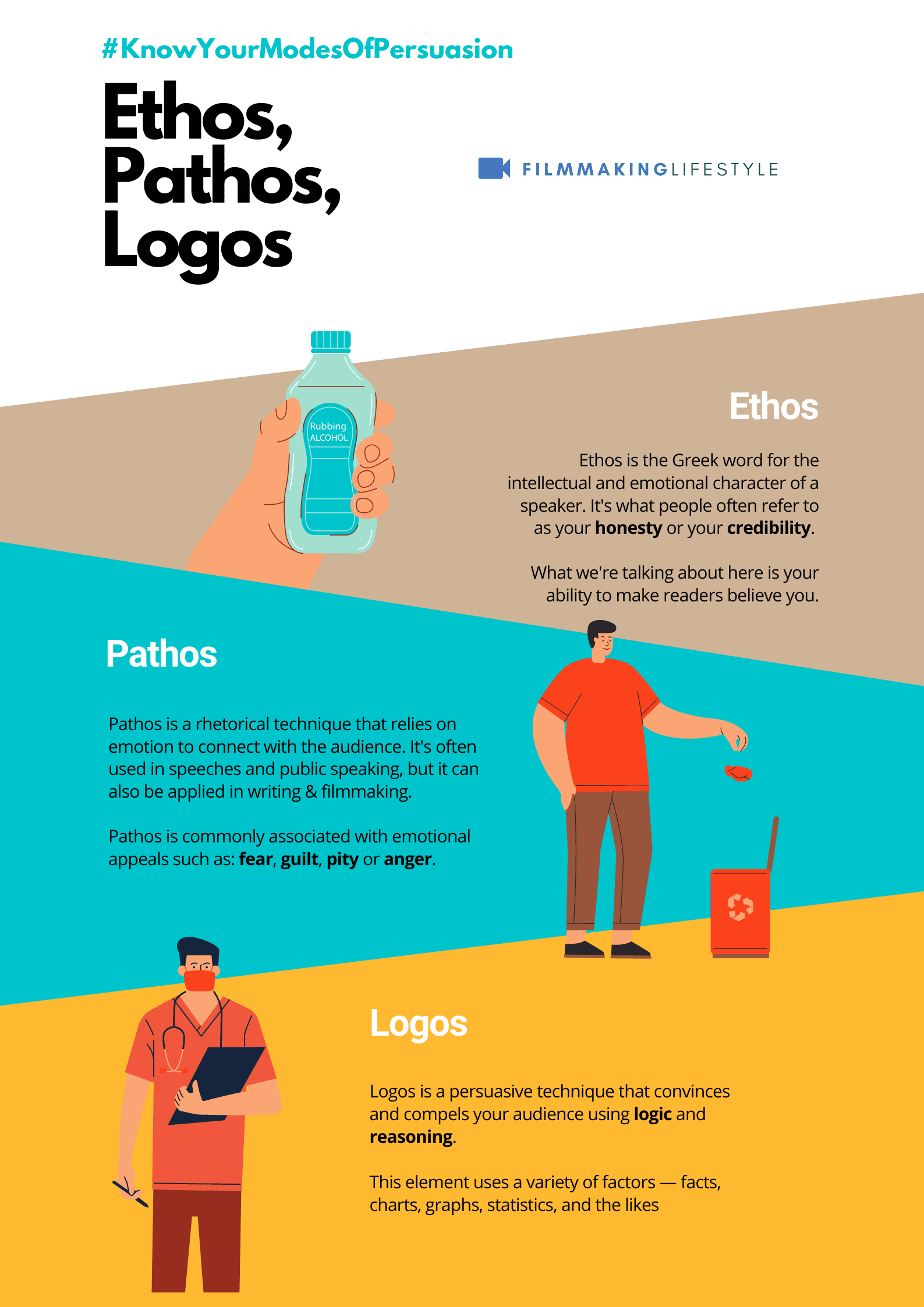 | 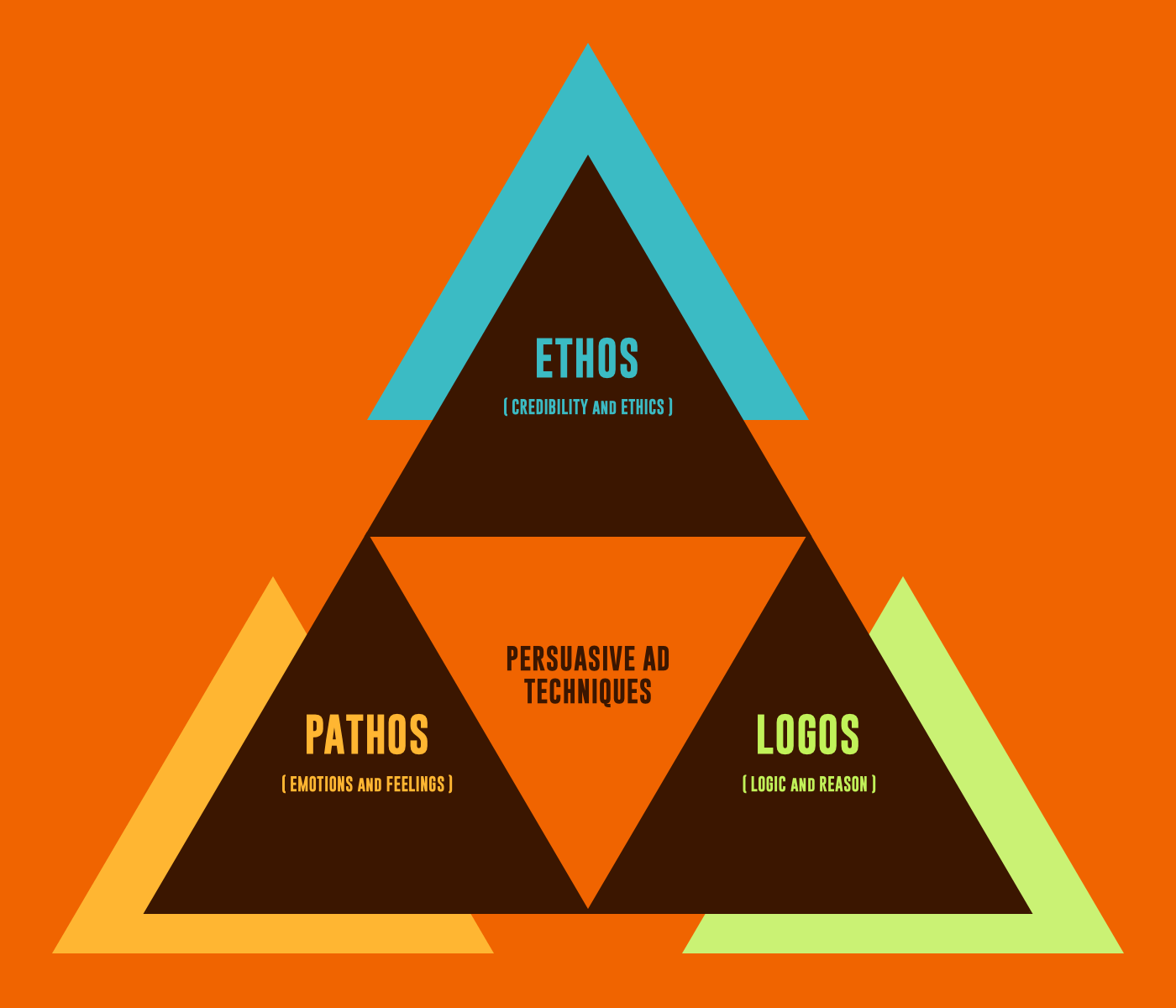 |
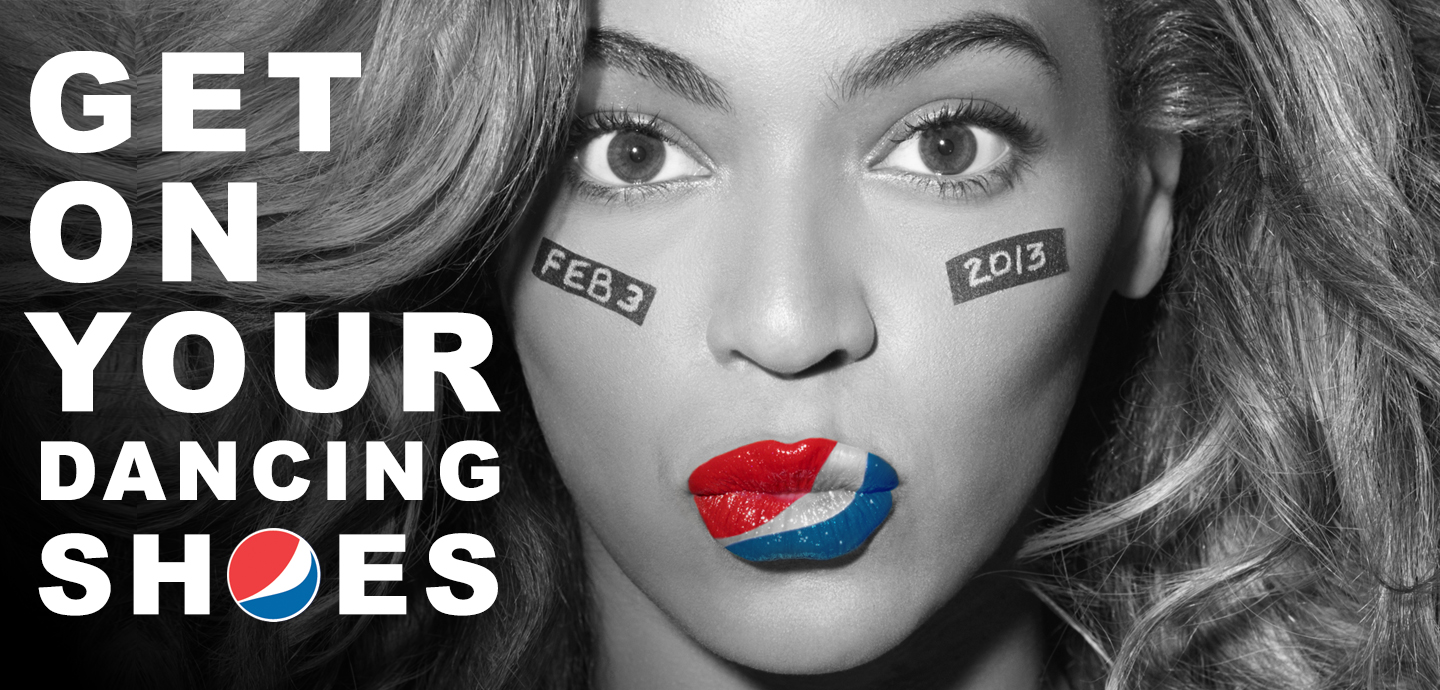 |  |
Super Bowl Commercials: Ethos, Pathos, and Logos Amanda Thomas and Parker Gilstrap Ethos The characteristic spirit of a culture, era, or community as manifested in its beliefs and aspirations. Pathos Appeals to the emotions of the audience and elicits feelings that already reside Ethos is the speaker’s credibility, logos is the logical appeal, and pathos is the emotional appeal. I don’t think a commercial exists without at least one of these appeals; indeed, usually they utilize all three. That said, here are two commercials from the Super Bowl that harness the power of rhetorical appeals to the max. When it comes to Super Bowl ads, the rhetorical situation is just as important as figuring out what rhetorical strategies are in play. Students need help identifying the speaker (is it the company or the actor?), recognizing the different purposes of advertising on this specific day (hint: it’s not always to sell!), and getting a stronger grasp on the intended audience (students think they Marketers and advertisers use these modes of persuasion in their campaigns to inspire viewers to take action. This post will dig into how advertisements have been using these forms of persuasion cleverly. But before we begin, let’s take a quick glance at what the terms mean. Defining ethos, pathos, and logos . Ethos This Super Bowl Commercials Lesson Plan always “scores big” with my classes! 2013 DODGE “SO GOD MADE A FARMER” WITH PAUL HARVEY NARRATING Teaching Notes: While Paul Harvey might be an out-of-date reference for most teens today, for older generations, that voice is immediately recognizable – thus, providing a sense of ethos or Dynamic Exploration: Move beyond traditional teaching methods; this assignment turns decoding Super Bowl commercials into a strategic journey into the art of persuasion. Analytical Skills: Delve into ethos, pathos, and logos to cultivate essential analytical skills, providing students with tools to understand the subtleties of persuasion in our The commercial aired in many other countries, one of which was the United Kingdom where Greene wasn't well known. The actual footage of the commercial was taken in May, 1979 in a little stadium in Mt. Vernon, New York. It was released on October 1, 1979 but most of its popularity and viewings were from the 1980 Super Bowl. Let’s have fun learning about logos, pathos, and ethos while giving a purpose to watching Super Bowl ads. (If you’re reading this after the Big Game, watch the ads on YouTube). (If you’re reading this after the Big Game, watch the ads on YouTube). Super Bowl commercials have long been a cultural phenomenon, sparking conversations, laughter and even debate on social media in real time. But as technology and consumer habits evolve, so too do advertisers’ strategies. Michael Goldberg, a professor in the Department of Design and Innovation at Case Western Reserve University Weatherhead School of Management and the executive director of Super Bowl Commercials: Ethos, Pathos, and Logos Ethos Some variation of credibility or trustworthiness of the speaker of the speech's author. Pathos Appeals to the emotions of the audience and elicits feelings that already reside in them. Logos The appeal to logic, means to Many of those 111.5 million viewers are only watching to see the best part, the commercials. Companies who advertise during the Super Bowl are aware that people expect great commercials during the Super Bowl; they also know that many people only consider watching the Super Bowl Sunday as the best day to see the commercials in the first place. A short video with examples of commercials using pathos, ethos, and logos. Forbes 90-Second Super Bowl Commercials Cost $20 Million. Here's Why That's A Waste By Roger Dooley. Lauren Nogy, Endorsements & Voiceover Agent, UTA, emphasizes the unique atmosphere of A handout that defines ethos, pathos, and logos and provides an example of each; A worksheet where students will identify what mode(s) of persuasion are used in the commercials and how; A fillable PDF version of the worksheet; You can use this resource year after year, using the most recent year's Super Bowl commercials each time! 3 pages The Super Bowl commercial warmed the hearts of all who watched by depicting a feel-good message of responsible drinking through the use of the rhetoric devices, pathos, logos, and ethos. In addition, the language, music, and predominant images presented throughout the commercial effectively conveyed the message and reached its overall 14. How can commercials that use ethos, logos, and pathos create a lasting impression? Commercials that use ethos, logos, and pathos can create a lasting impression by appealing to credibility, logic, and emotions, which resonates with the audience and stays with them long after the commercial has ended. 15. Ethos: Many commercials use ethos to establish credibility by featuring endorsements from celebrities or experts in the field. For example, in a commercial for a skincare product, a famous actress may claim that the product is the secret to her youthful appearance, making viewers more likely to trust the product. Will Ferrell explains why he hates Norway and why General Motors is all about EVerbody In.The Stats Behind "No Way Norway": The rationale employed in the commercial “Chrysler Eminem Super Bowl Commercial – Imported from Detroit” was to mingle pathos with logos and ethos through the appeal of the audience’s sensibility and emotions while hearing the experienced voice talking about what Detroit stands for (pathos), through strong argumentation and logical See the the whole comic here, including examples of ethos, pathos, and logos appeals. Using Commercials. Once students have a grasp of the triangle, we can dig into the fun stuff: commercials! Over the years, I’ve used many different commercials. I noticed recently, however, that my examples were a little dated. (How dated, you ask?
Articles and news, personal stories, interviews with experts.
Photos from events, contest for the best costume, videos from master classes.
 |  |
 |  |
 |  |
 |  |
 |  |
 |  |